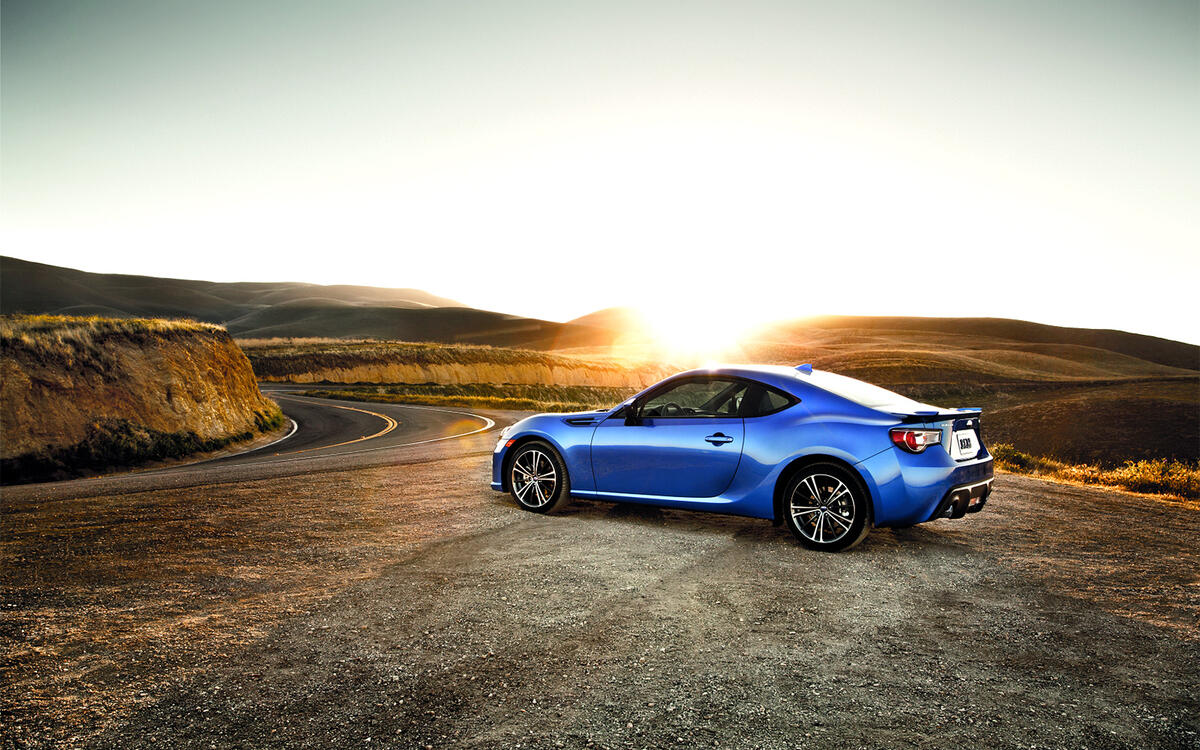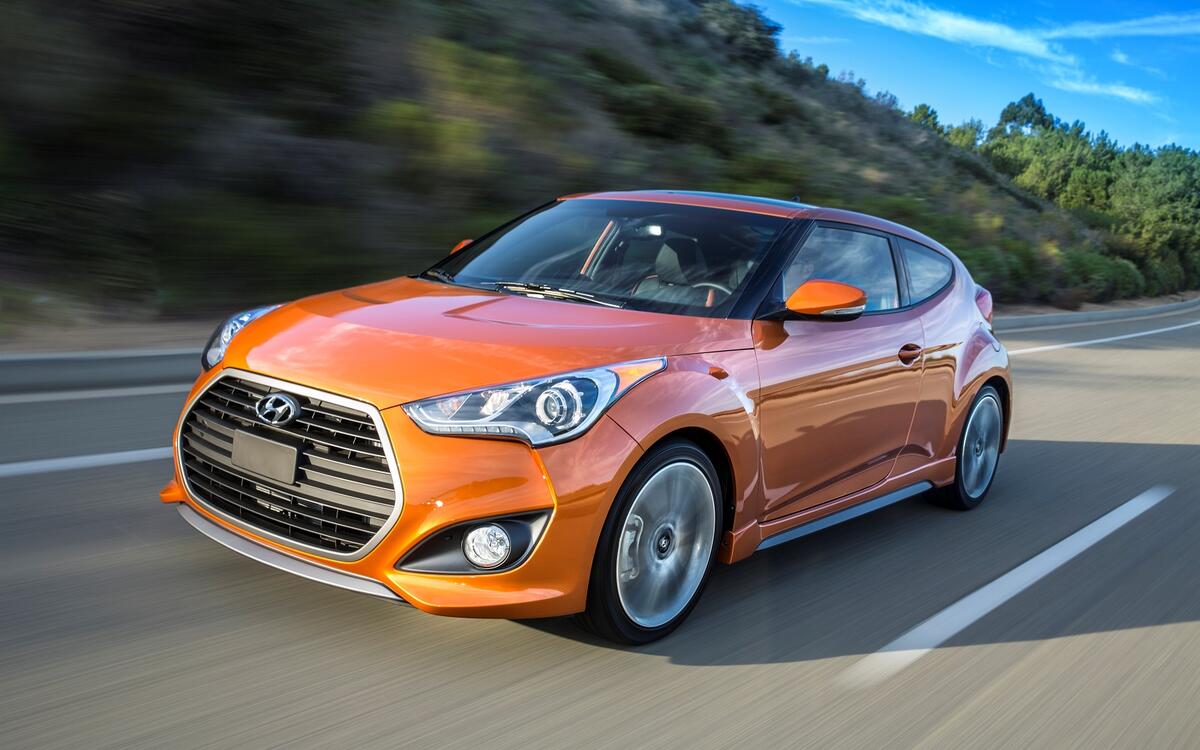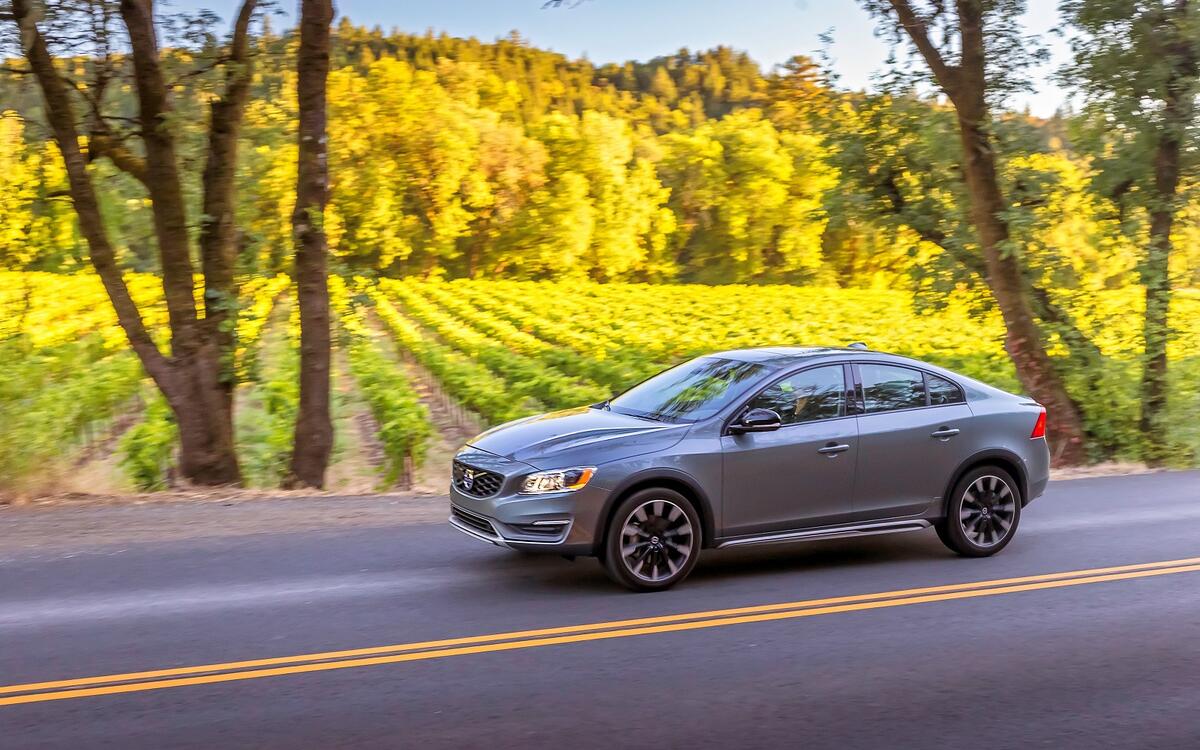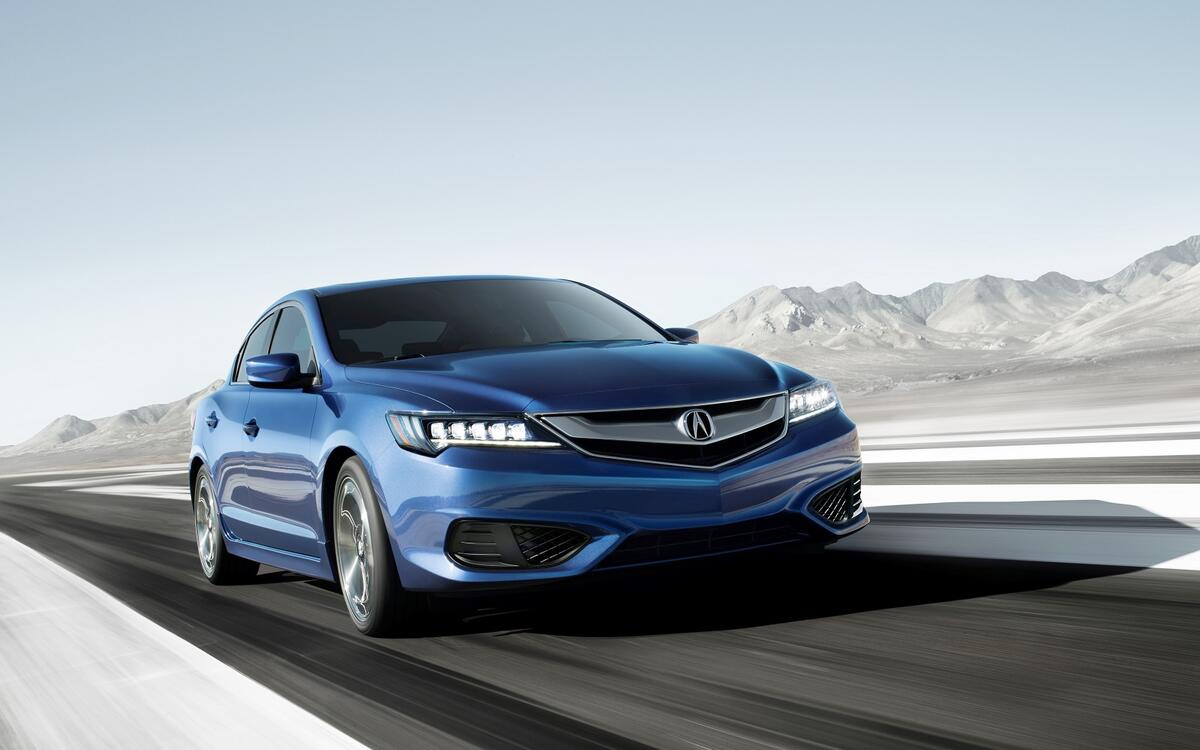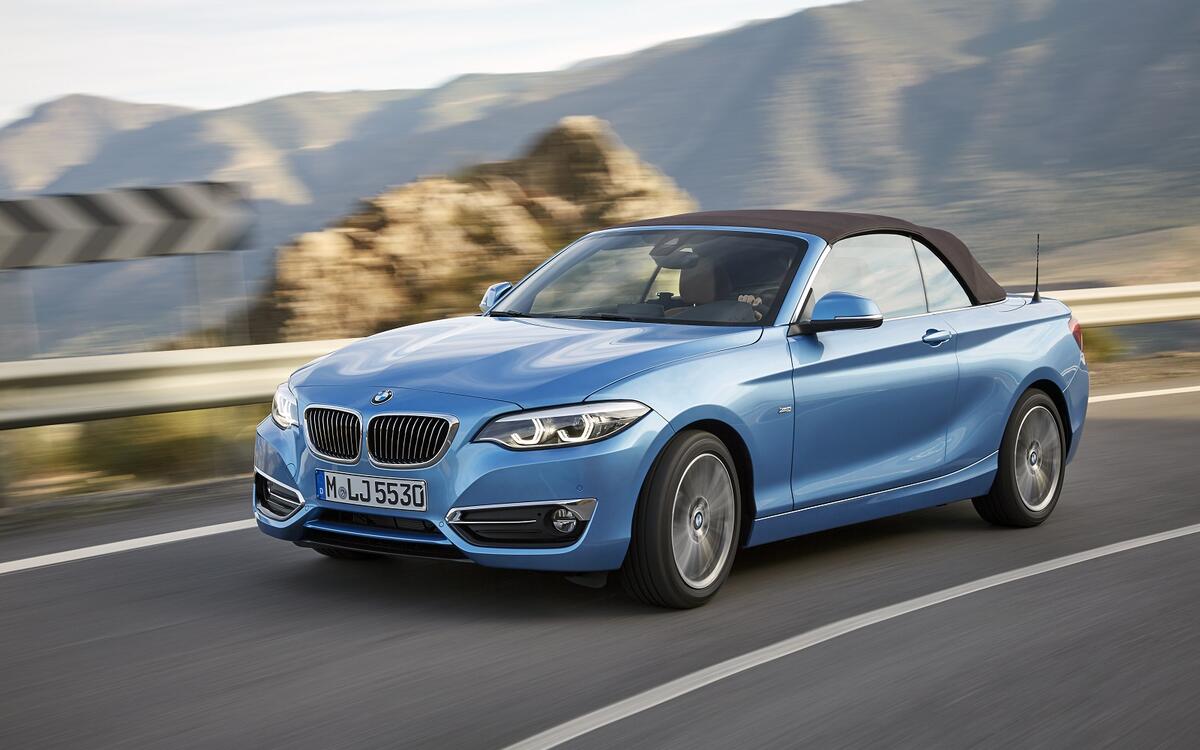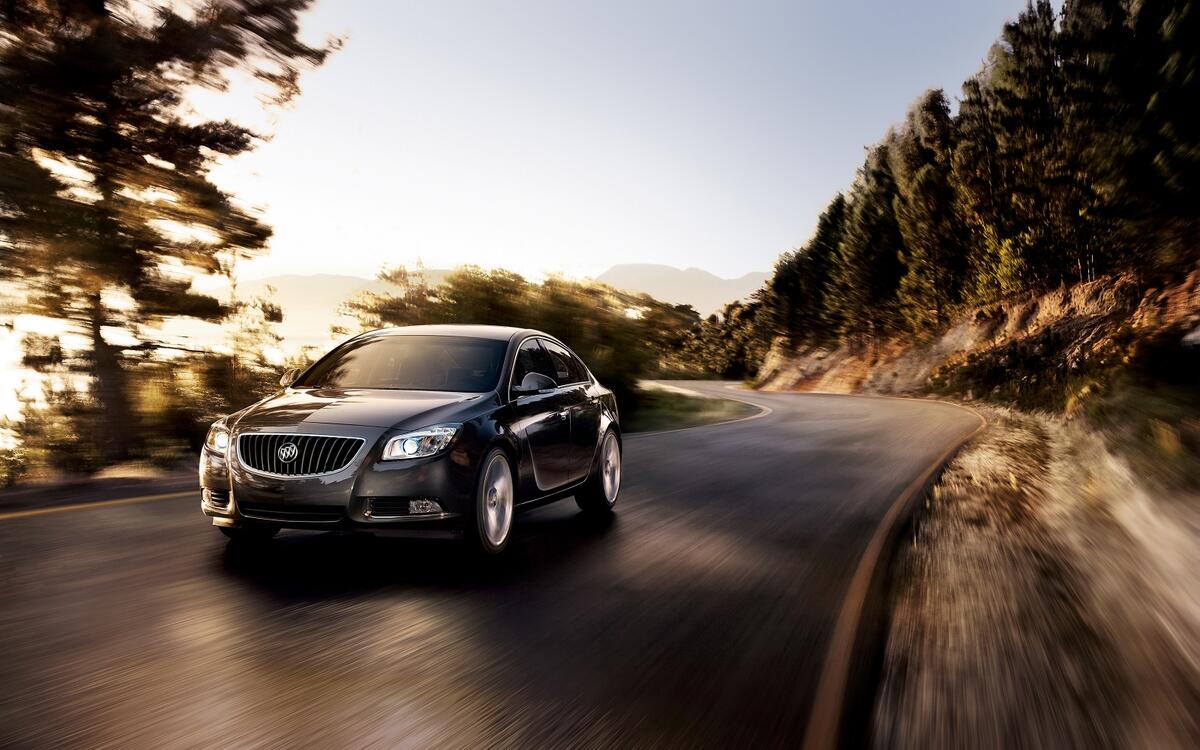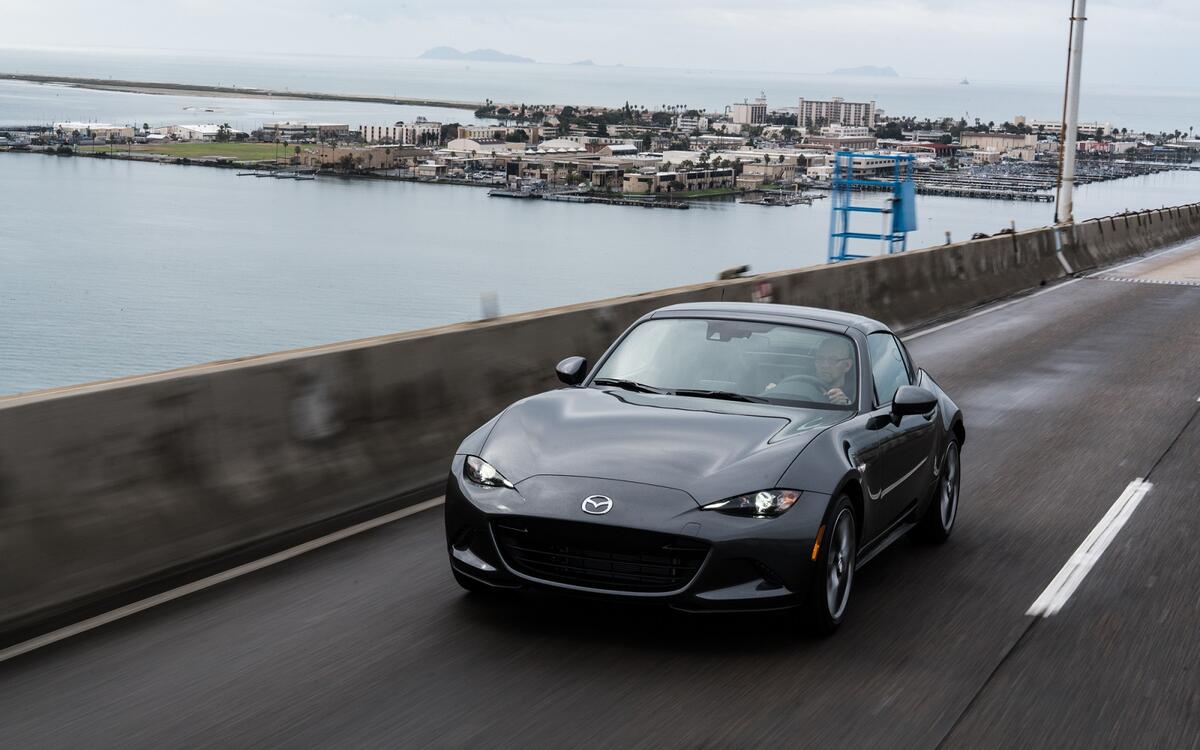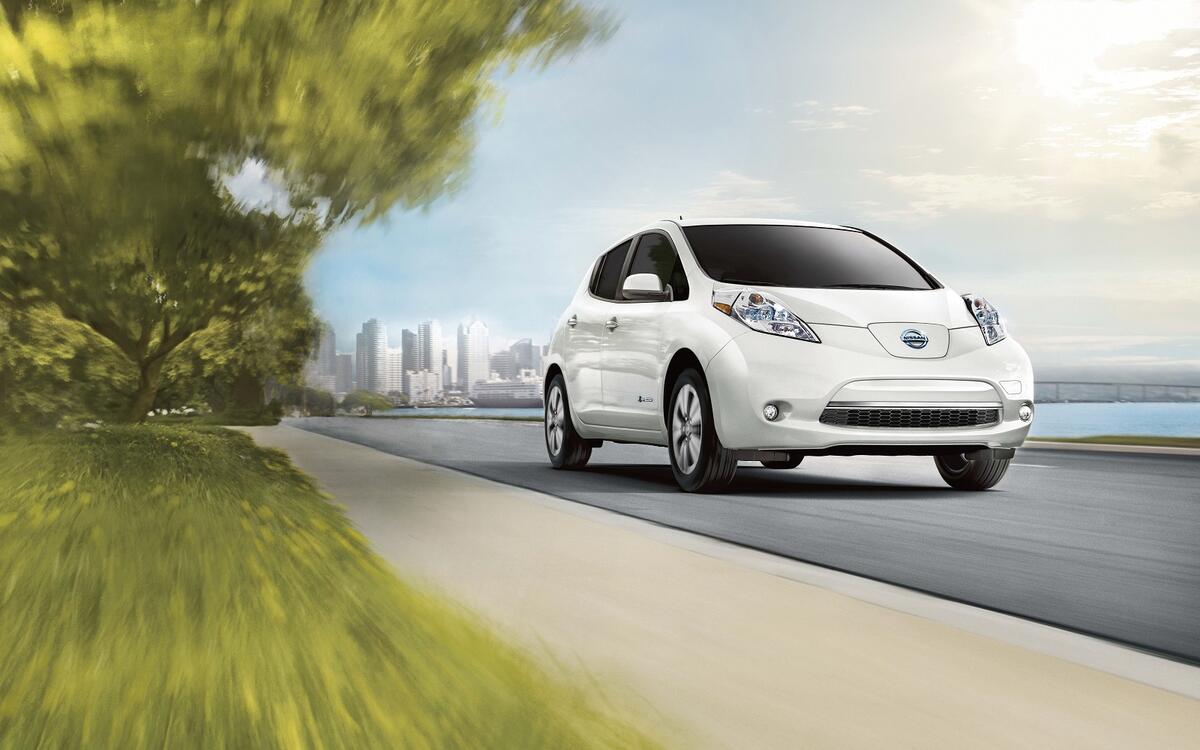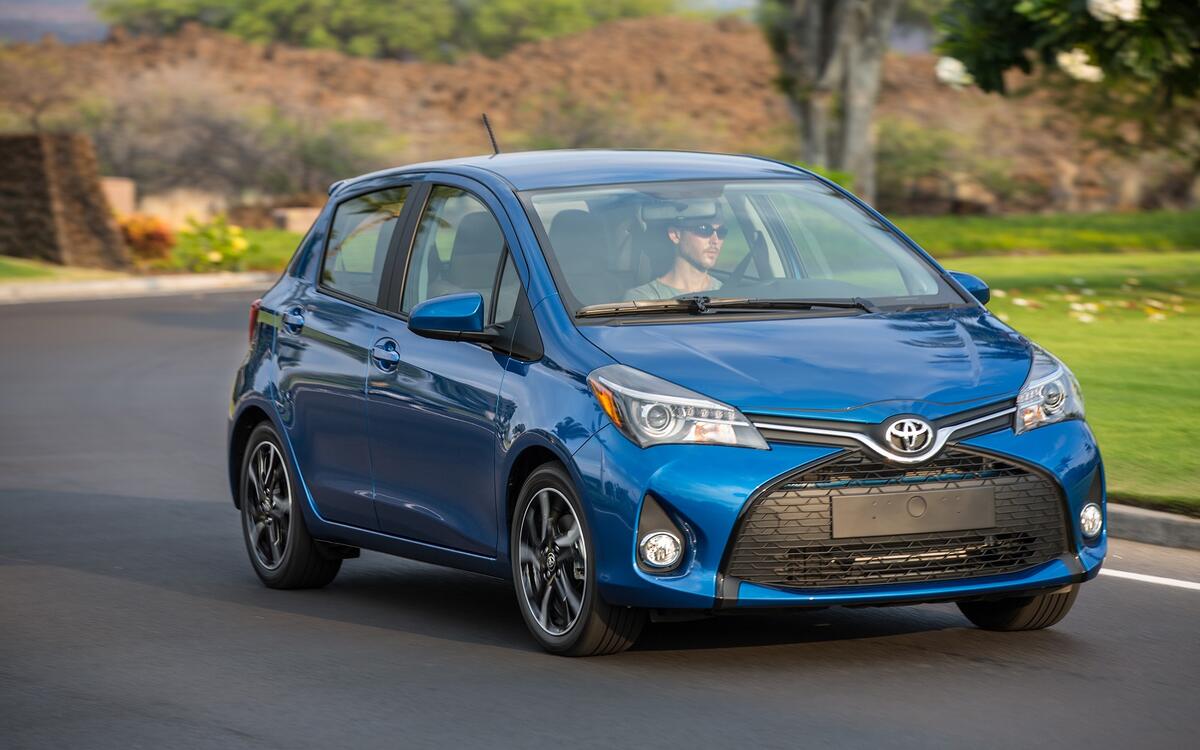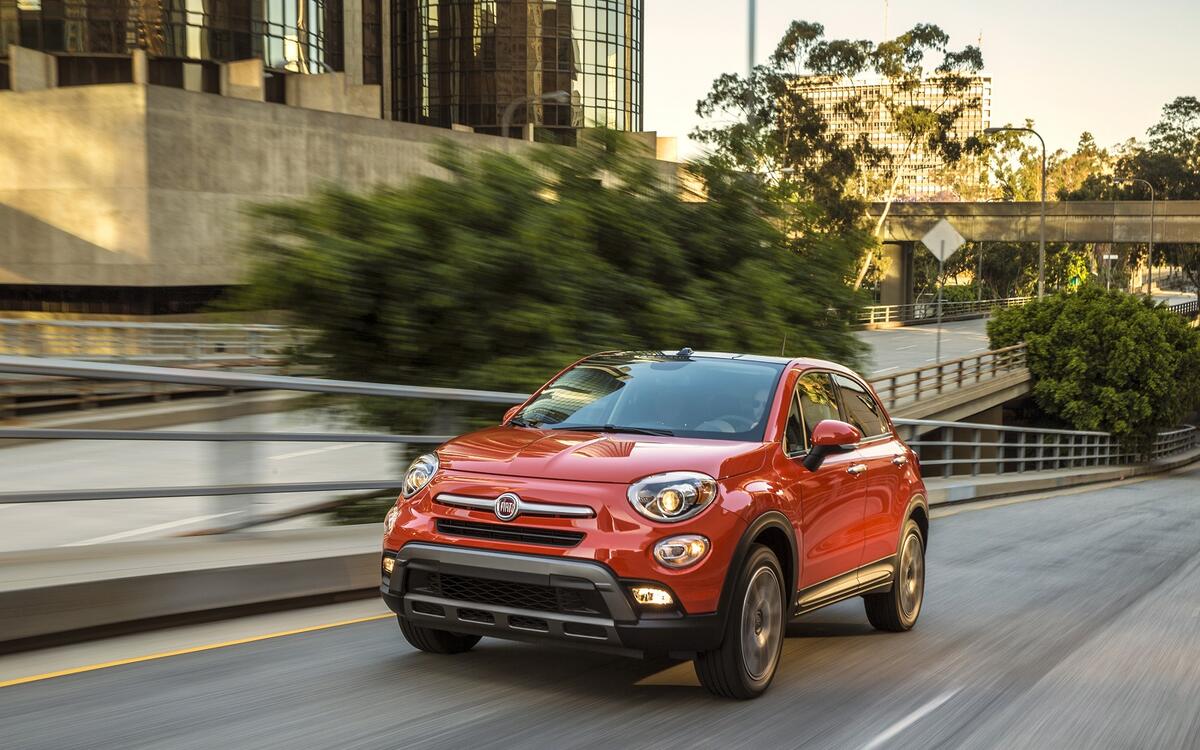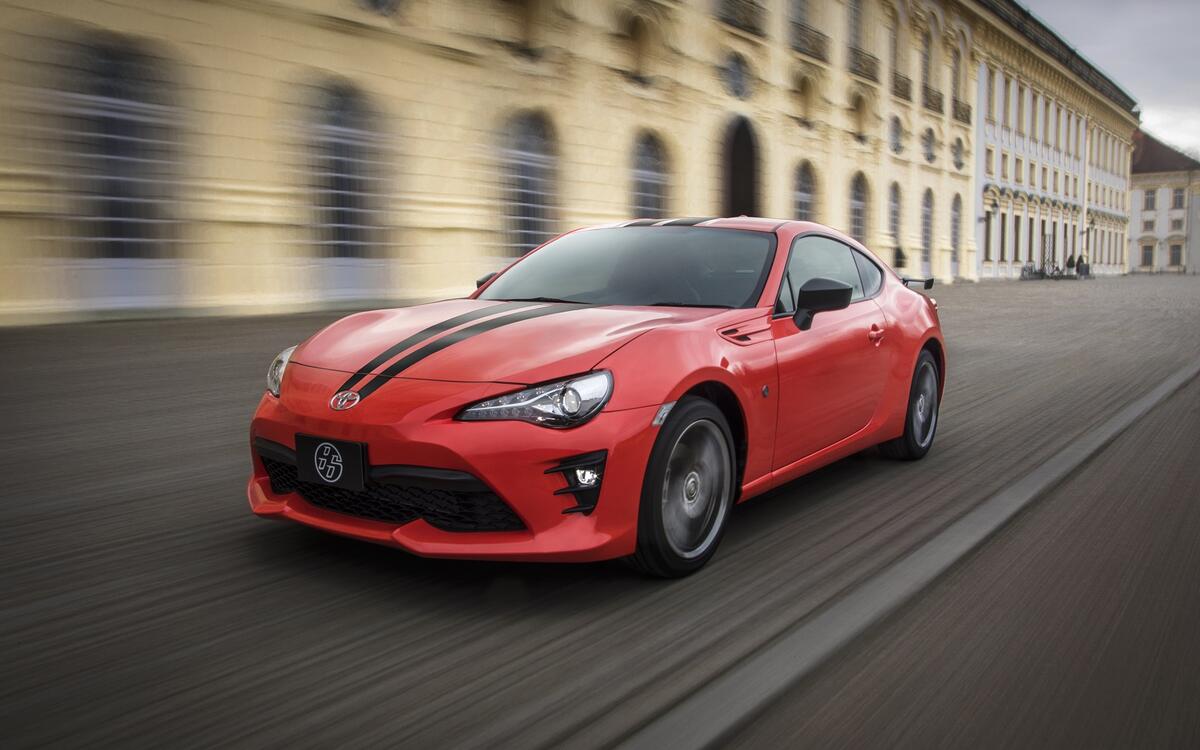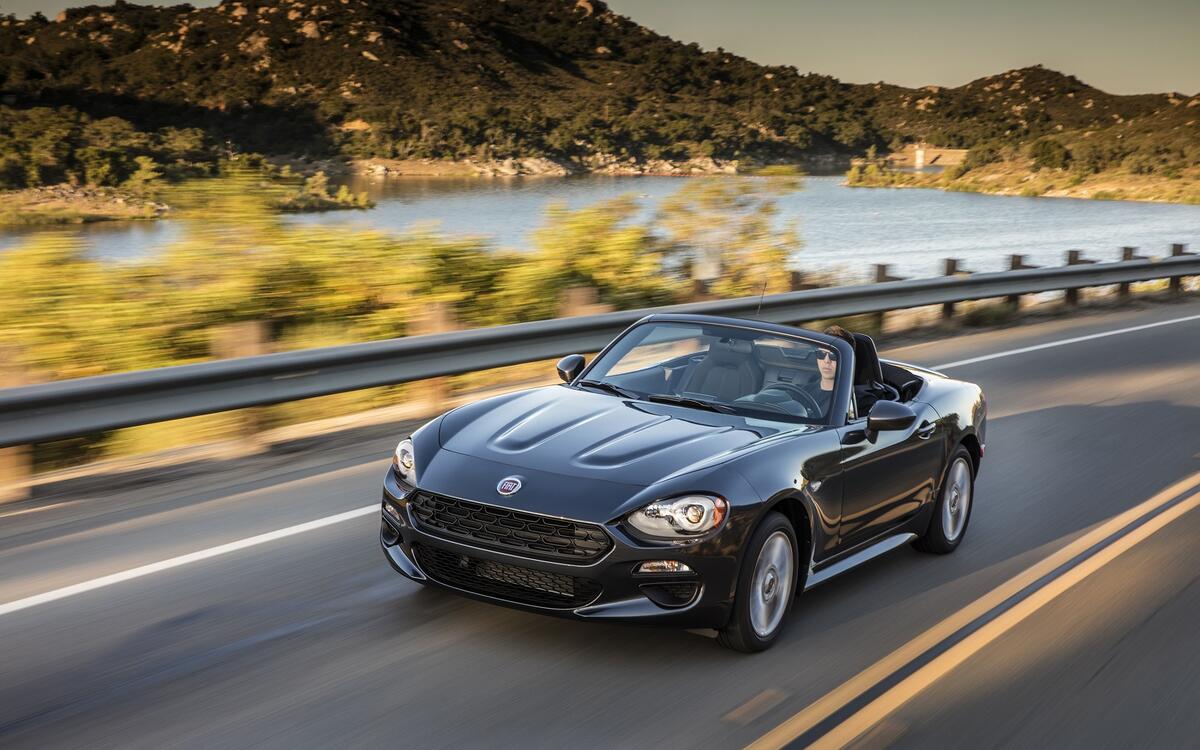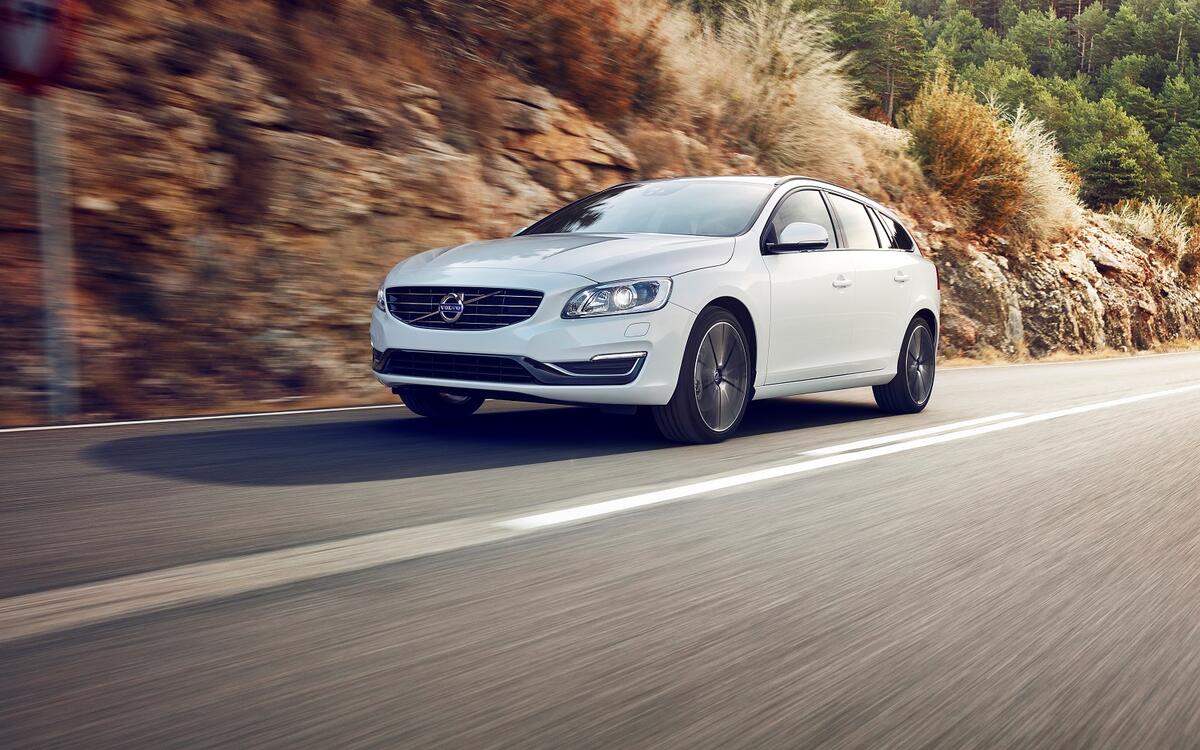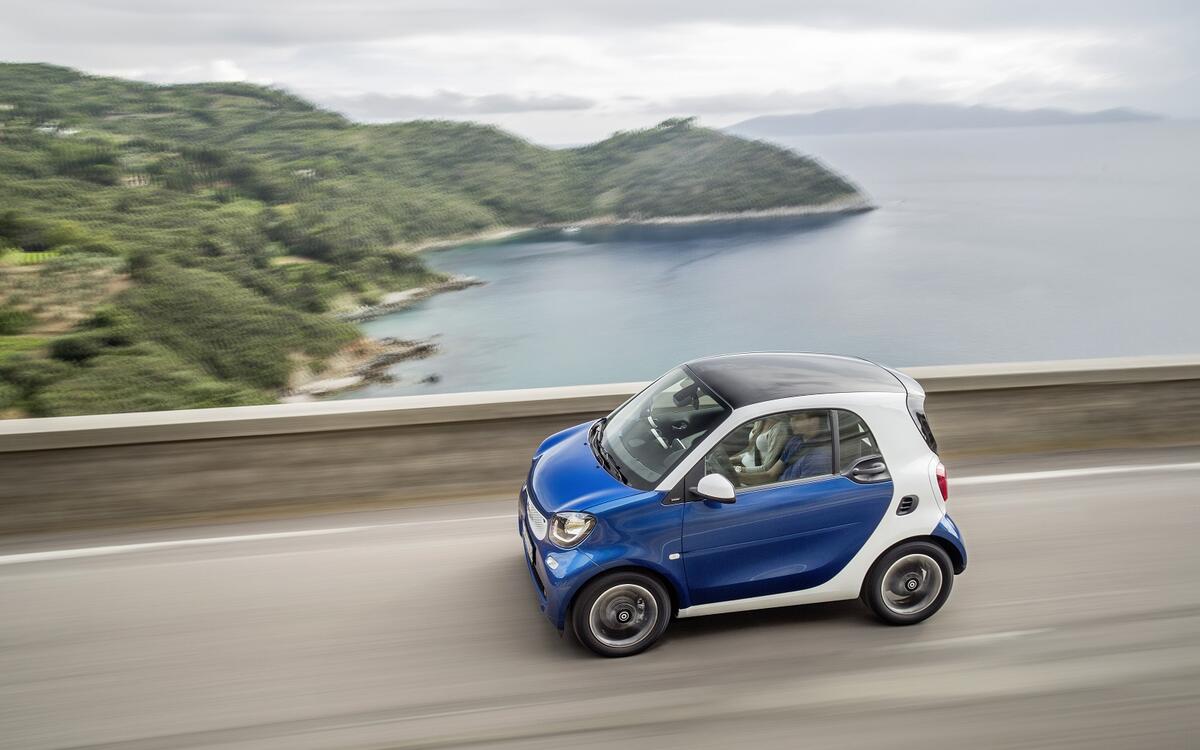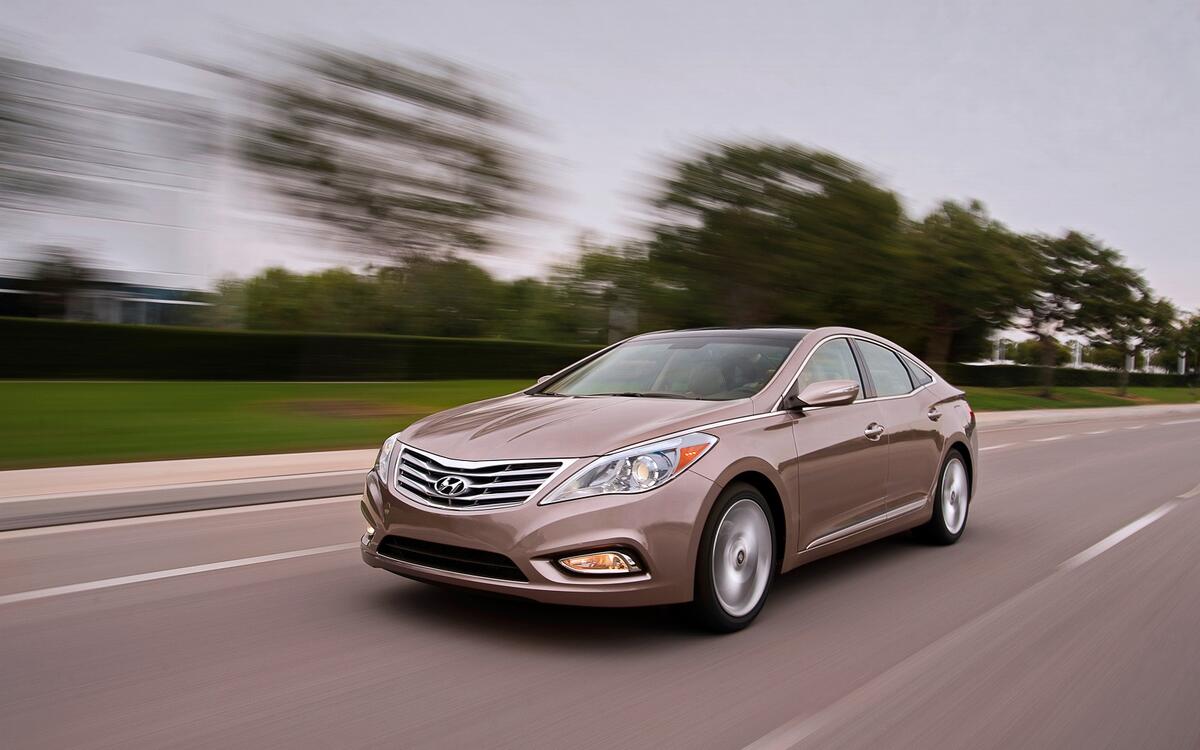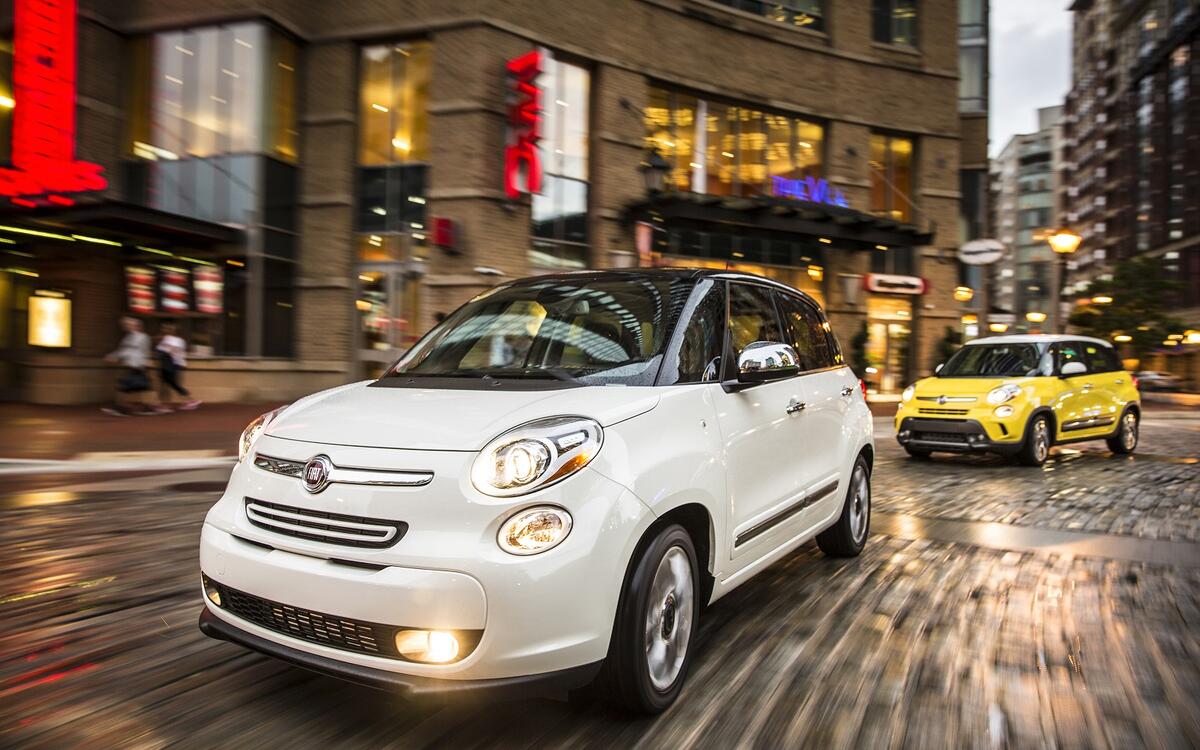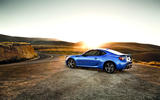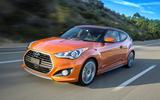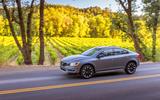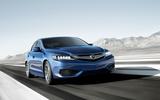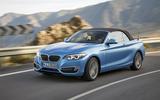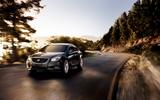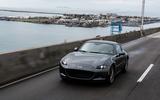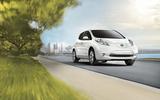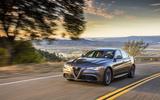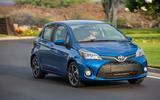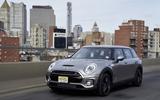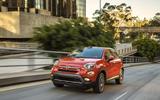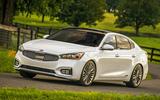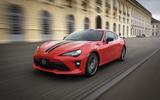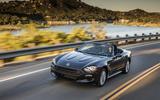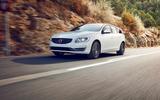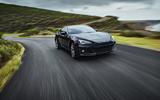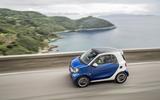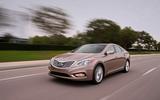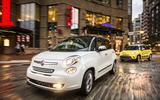 Slide of
Slide of
The top-selling cars in America hog the limelight.
But let’s shift to the other end of the spectrum and explore the losers. Here are the 20 worst-selling new cars in America in 2017 ranked in descending order using official figures just released. Some are completely outdated, some were never popular to begin with and others compete in market segments falling out of vogue. A few unfortunate machines even tick all three boxes.
For the sake of fairness and consistency we only included cars with a base price of under $40,000. We also ruled out models that were not in production during the entire year.
 Slide of
Slide of
20: Hyundai Veloster (12,658 units sold)
The Hyundai Veloster and the Fiat 500 almost tied for the dubious distinction of being the 20th worst-selling vehicle in America in 2017. Hyundai sold 12,658 examples of its funky asymmetrical coupe last year. Fiat, on the other hand, moved 12,685 units of the retro-flavored 500.
The Veloster and the 500 are both near-niche models that have been on the market for several years without receiving meaningful updates. The important difference is that Hyundai will introduce a brand-new Veloster at this year’s Detroit Auto Show. There’s no telling when Fiat will finally replace the 11-year old 500.
 Slide of
Slide of
19: Volvo S60 (12,454 units sold)
Volvo S60 sales declined for the fifth consecutive year in 2017, hitting a low of 12,454 units. The S60 is marooned in a segment struggling to keep up with the rest of the industry and it’s weighed down by its age. The brand-new, American-built S60 coming this year will likely end the nameplate’s losing streak.
The aforementioned number includes, interestingly, 312 examples of the limited-edition S60 Cross Country (pictured). That means the ruggedized sedan actually outsold the V90 by a significant margin, though Volvo’s special order-only wagon went on sale a few months into the year.
 Slide of
Slide of
18: Acura ILX (11,757 units sold)
The Acura ILX shows a Honda Civic by any other name remains a Honda Civic. In this case, it’s a ninth-generation Civic gussied up with more upmarket innards and a sharper design. It’s still, fundamentally, a Civic and its $28,000 base price places it within a stone’s throw of the Mercedes-Benz CLA.
 Slide of
Slide of
17: BMW 2 Series (11,737 units sold)
BMW’s entry-level model, the 2 Series, took a 24-percent hit last year. The brand lumps convertible and coupe sales into one number so we don’t know which body style deserves the bulk of the blame. It’s unfortunate as the 2 Series is huge fun to drive, but it’s further proof that what excites isn’t always what sells – and vice versa.
 Slide of
Slide of
16: Buick Regal (11,559 units sold)
Buick Regal sales fell to less than 1000 units per month between June and November of last year. We’ll give the brand the benefit of the doubt this time. It introduced a brand-new Regal (which is essentially a re-badged Opel/Vauxhall Insignia from Europe) in early 2017 so the disruption caused by the model changeover can explain the sharp drop in sales.
 Slide of
Slide of
15: Mazda MX-5 Miata (11,294 units sold)
While we wouldn’t call the Mazda MX-5 Miata successful, the roadster had its best year in a decade. It also rose above the 10,000-mark for the first time since 2008.
The nameplate’s most successful year was 1990. Fueled by the hype surrounding the then-new Miata, Mazda managed to sell 35,944 examples on the American market alone. That’s more than the number of Mazda6s sold last year. The Miata’s worst year was 2014 with just 4745 units sold in the US.
 Slide of
Slide of
14: Nissan Leaf (11,230 units sold)
We’re not the least bit shocked to see the Nissan Leaf this far down in the rankings. It was the first modern, mass-market electric car in America when it made its debut in 2010 but Nissan let it wither on the vine for too long. An electric car with a 107-mile range was difficult to sell in 2017, even with generous government incentives factored in.
Prospective buyers likely knew about the much-improved second-generation model reaching showrooms early this year and decided to wait before signing the dotted line. We expect the brand-new model’s arrival will help the Leaf move up at least a few spots on the list.
 Slide of
Slide of
13: Alfa Romeo Giulia (8903 units sold)
Alfa Romeo remains an outlier in the luxury sedan segment. Giulia sales paled in comparison to figures posted by more mainstream rivals like the Mercedes-Benz C-Class, the BMW 3 Series and the Audi A4. The Alfa emblem doesn’t yet have the cachet of a three-pointed star or four rings and the Italian firm’s American dealer network remains much smaller than that of its German rivals.
 Slide of
Slide of
12: Toyota Yaris (8653 units sold)
The Toyota Yaris’ appearance on this list highlights a major difference between the US and Europe. Small, fuel-efficient hatchbacks don’t sell. Buyers tend to shrug off economy cars to begin with but the ones that don’t have a conventional trunk fare even worse. Toyota dealers sold only 8653 examples of the Yaris in 2017. In comparison, motorists bought 35,727 units of the similarly-priced Yaris iA, which is little more than a Mazda2 sedan with Toyota emblems on both ends.
 Slide of
Slide of
11: Mini Clubman (7739 units sold)
The Mini Clubman is a wagon and wagons struggle in America. Likely overshadowed by the new Countryman, the Clubman posted a 36.6-percent decline in 2017. It contributed to the German-owned British brand’s 9.5-percent drop during the year. Alarmed, Mini officials are seeking ways to slash production costs and boost sales without dissipating the aura of sportiness surrounding the line-up.
 Slide of
Slide of
10: Fiat 500X (7665 units sold)
Despite its sister status with Chrysler, Fiat just can’t catch a break in the US. Its hierarchy of small, retro-styled cars weren’t cutting it so it introduced the 500X in a bid to get the attention of buyers. The plan failed and the 500X stands out only as America’s worst-selling SUV. Its sibling brand Jeep sold about 103,000 examples of the mechanically-identical (and slightly cheaper) Renegade last year.
It’s the other way around in Italy: the 500X normally outsells the Renegade. Both are built on the same assembly line and carry a similar price tag. In this case, the inconsistency might simply come down to automotive jingoism.
 Slide of
Slide of
9: Kia Cadenza (7249 units sold)
The Kia Cadenza isn’t an inherently bad car but it’s one of the most anonymous models on the American market and it lacks even an ounce of character. Completely redesigned in late 2016, South Korea’s answer to the Buick LaCrosse occupies an unimaginative middle ground between comfort and performance that few buyers actively seek. If it’s any consolation to Kia fans, the decidedly sportier Stinger is off to a solid start.
 Slide of
Slide of
8: Toyota 86 (6,846 units sold)
Stop us if you’ve heard this one before: The coupe segment is experiencing a sharp decline. The Toyota 86 - which formerly existed under the Scion banner, and is known as the GT86 in most other markets - is one of the models taking the brunt of the impact. Modest updates inside and out weren’t enough to keep sales from sliding by 7.9 percent in 2017.
 Slide of
Slide of
7: Buick Cascada (5595 units sold)
The Opel-turned-Buick Cascada doesn’t have a lot going for it. Launched to add spice to the brand’s line-up, it’s a lackluster model jettisoned in a shrinking market segment where most buyers prioritize performance and image. The Cascada picks up where the Chrysler 200 Convertible left off but that’s hardly a ringing endorsement unless you run a Hertz store in Florida.
 Slide of
Slide of
6: Fiat 124 Spider (4478 units sold)
Looking solely at sales figures, the Fiat Spider is a less convincing take on the concept of an affordable, rear-wheel drive roadster than the Mazda MX-5 Miata it shares its platform with. True, it’s turbocharged and not quite as driver-focused as its Japanese sibling but we’re not certain the average buyer notices the difference.
We attribute a big part of the discrepancy to image. Four consecutive generations of the Miata have transformed the nameplate into a byword for fun. Only the most hardcore Fiat enthusiasts remember the original, Pininfarina-designed 124 Spider and a veil of reliability issues hangs over the Italian firm’s reputation in the US.
 Slide of
Slide of
5: Volvo V60 (4369 units sold)
Volvo’s smallest wagon had a bad year in 2017. 2251 customers picked up the standard V60 and 2118 bought the rugged-looking Cross Country model, decreases of 33.9 and 22.3 percent, respectively. We’re not surprised. The V60 is Volvo’s oldest model in the US, along with the S60, and it competes in a narrowing segment.
 Slide of
Slide of
4: Subaru BRZ (4131 units sold)
Subaru sold 4131 units of the BRZ last year which isn’t bad, all things considered. We were expecting more of a sob story. The Japanese firm moved 4141 examples in 2016. Limited-edition models like the BRZ Series.Yellow (which was capped at 500 cars) helped lure enthusiasts into showrooms. The coupe is drifting into 2018 with another limited-edition named BRZ tS that puts a big focus on handling.
 Slide of
Slide of
3: Smart Fortwo (3071 units sold)
Daimler’s Smart brand got off to an encouraging start after letting the Fortwo loose in America in 2008. City-dwelling motorists purchased 24,622 examples during the two-seater’s first year on the market. The success was short-lived, however. Smart’s annual sales haven’t topped the 10,000-mark since 2014.
The brand’s contentious decision to go electric-only further eroded its sales. 3071 Fortwos found a home last year, a 50-percent drop over 2016. That’s bad enough on its own but consider this: the firm managed to sell just 166 cars last month. Over two-thirds of Smart’s dealer network dropped the brand after its shift to electric cars so we’re not very optimistic about its 2018 results.
 Slide of
Slide of
2: Hyundai Azera (3060 units sold)
The Hyundai Azera exists in a corner of the market buyers rarely venture into but that alone doesn’t justify its blisteringly awful performance. The Toyota Avalon, its main rival, posted a 32-percent decline in 2017 yet it convinced 32,000 buyers to take it home. The Azera is a nondescript model that hasn’t received a major update since making its debut in 2011 and 2017 was its last year on the market.
Hyundai unveiled the next-generation Azera a little over a year ago in South Korea, where it’s called Grandeur, but the model won’t make its way to US showrooms. Instead, buyers with about $35,000 to spend on a Hyundai sedan will be asked to step into a Genesis showroom and consider the G70.
 Slide of
Slide of
Fiat 500L (1664 units sold)
And the worst-selling cars in America priced below $40,000 is... the Fiat 500L. Nearly every member of the Fiat line-up converged on this list. It’s fitting, then, that the 500L takes the top spot. As America’s worst-selling car, this eccentric cross between a van and an SUV suffers from unusual styling even the Italians can’t stomach and a raft of quality issues often highlighted by publications like Consumer Reports.
Only 1664 buyers took notice of its existence last year, a mere rounding error in comparison to the 17 million cars sold in the US in 2017. To put that figure into perspective, the far pricier Audi A8, the Mercedes-AMG GT and the Lexus LC all outsold the 500L.
A look at the lowest-selling cars in the US priced below $40,000
Advertisement


